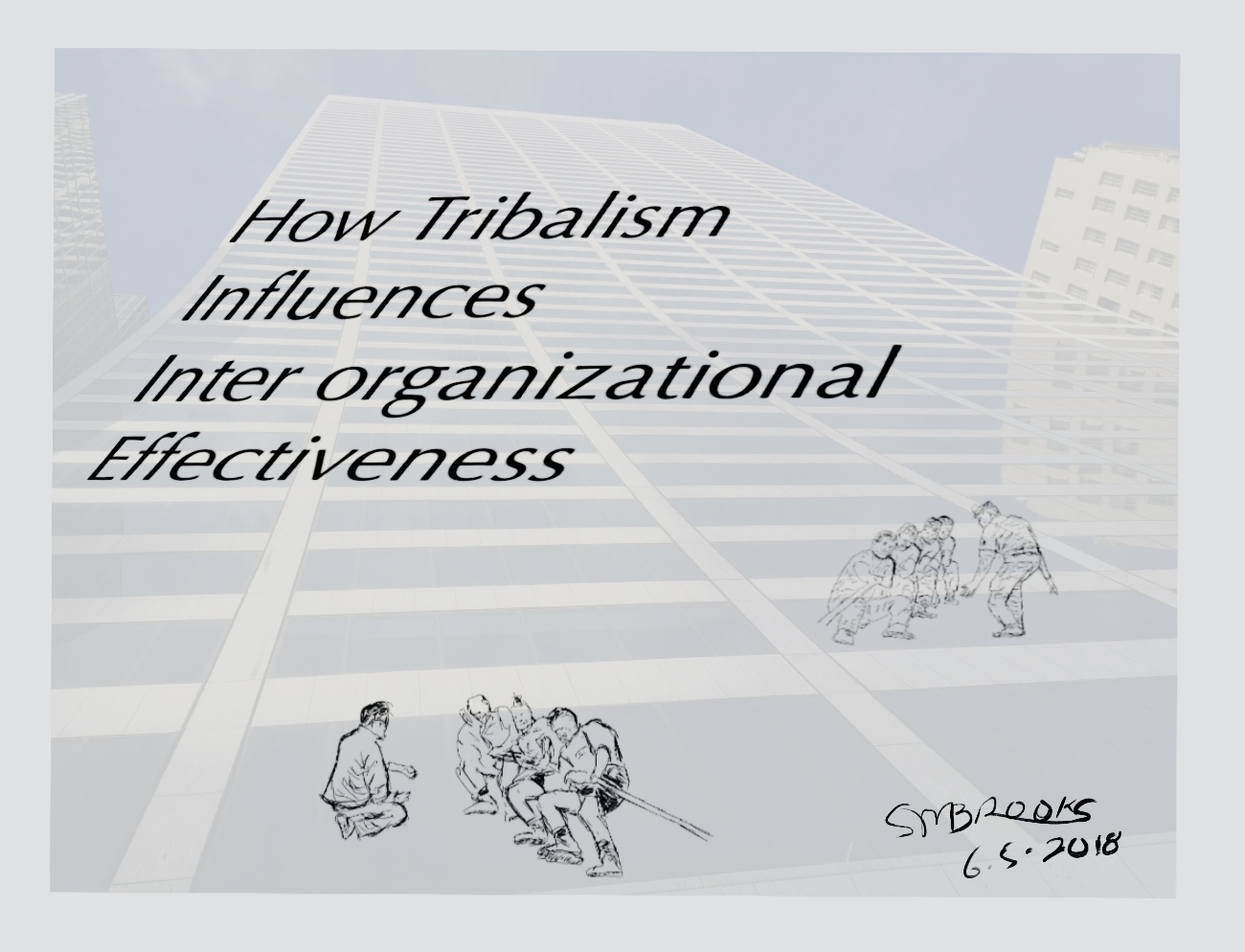
Many scholars of tribalism suggested that when tribes(teams) sounded the battle cries, these factions were simply at war with each other and the impacts to the country(organization) were secondary to the trauma experienced between the tribes. However, I would posit, that tribes locked in a tug of war of wills were not pulling against each other, but rather, when tribes engaged in combat, they were, in essence, pulling against the organization.
As tribes became more entrenched in their stated or implied causes, they often lost sight of the bigger picture. For example, we have seen how sectarian violence in some Middle Eastern countries weakened the country so significantly that it invited entities outside of their countries to attack, disrupt, and take over their countries. Similarly, when teams in an organization became self-serving and created impermeable boundaries, that sort of tribalism caused significant damage to inter-organizational effectiveness.
Inter-organizational effectiveness can improve in times of tribalism if Intergroup leaders are trained, prepared, and willing to work across boundaries to ensure inter-organizational effectiveness. Competition in organizations is healthy when it has a specific purpose, is measured, and has definite outcomes. However, competition borne out of tribalism (us vs them) is counterproductive and will become a source of inter-organizational demise. Effective Intergroup Leadership, then, is key to ensuring understanding across boundaries, which ultimately improves inter-organizational effectiveness.
Stan Brooks, PhD

